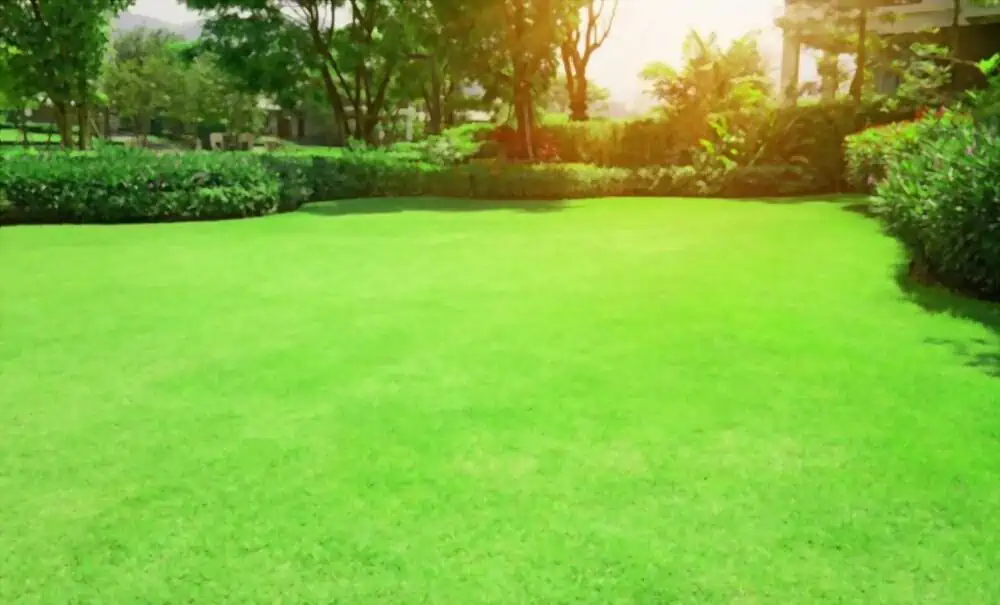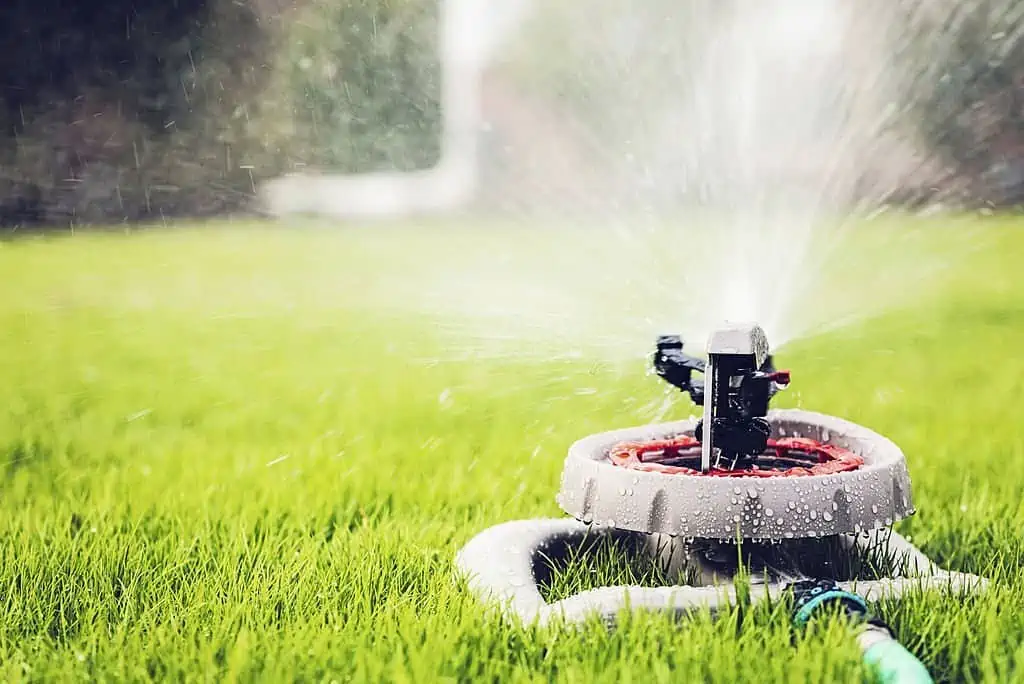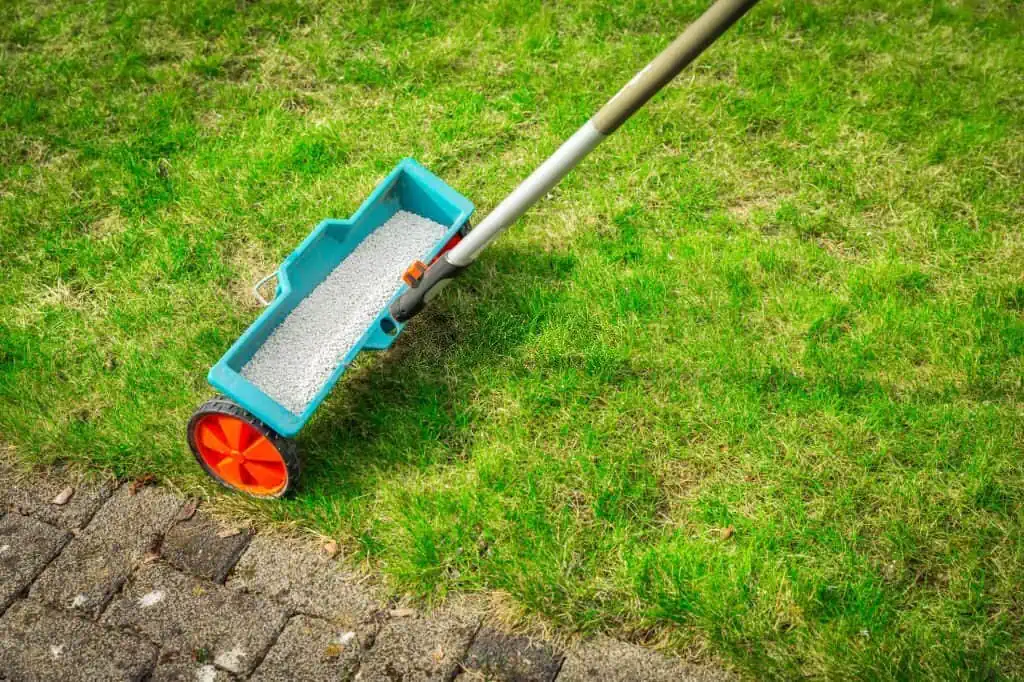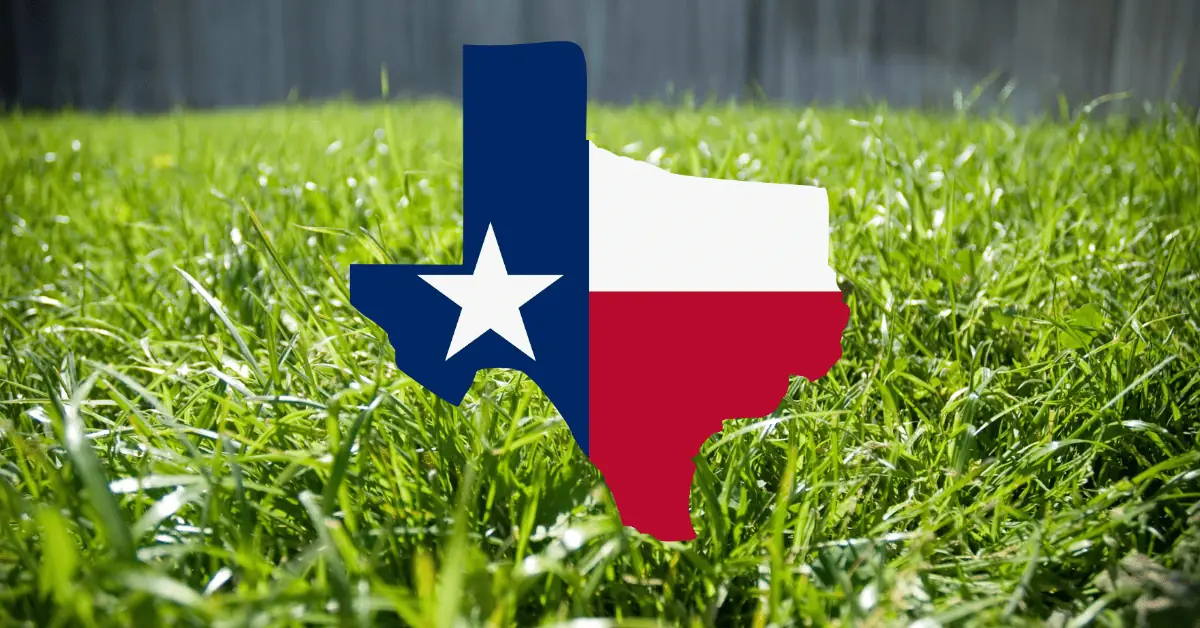There are many grass species in the United States that you can find in several states. The Bermuda grass is one of them and features prominently in Southern states like Oklahoma, thanks to its massive tolerance for heat, drought, salt, and traffic. What’s more, it doesn’t use much water, unlike other turf grasses.
Bermuda spreads laterally as it grows, with creeping stems below and above the ground. When planted, the grass loves open landscapes that can receive full, direct sunlight. Because the grass is a warm-season plant, it will grow green during the summer, then probably become dormant and turn brown during the winter.
If you’re ready with a specific type of Bermuda in Oklahoma, you’d want to read this article to know the best time to plant it.
Best Time to Plant Bermuda Grass Seed in Oklahoma
Generally, Bermuda grass seed will not germinate until soil temperatures reach between 65°F to 70°F. As a result, the best time to plant Bermuda grass in Oklahoma is from May 1 through June 15.
For best results while establishing Bermuda, install sod, springs, or plugs during three summer months. Bermuda can be seeded, but it can get complicated because it takes a while to germinate, and the seeds remain moist until germination. Whatever seed you have, follow the seeding instructions for that brand.
In addition, healthy Bermuda thickens itself, so there’s no need to overseed your lawn with more Bermuda seed. When planted correctly, Bermuda becomes very dense, extremely good at drought recovery, and requires less water as time goes on.
Planting your Bermuda Grass

Before you begin, note that Bermuda grass seeds need a thin soil covering to germinate correctly. Use the following steps to plant the seed:
- Use a rake to gently loosen the soil to allow new seeds to make good contact with the soil surface.
- Use a spreader to help the new grass seed grow effortlessly.
- Lightly take the seed into the soil’s surface and use a tamper, roller, or garden tractor tires to harden it.
- Water the newly planted seeds 3 to 4 times daily. This will keep the seed and soil surface moist. Apply about ⅛ inch at each watering time.
- Avoid covering the newly planted seeds with straw.
- Leave to grow healthy and strong most of the time.
Best Bermuda Grass Seeds for Lawns in Oklahoma
Whether you want a home surrounded by lush, green Bermuda or something more extensive, here is the best grass for your Oklahoma lawn.
- Bermuda Grass OasisThe Oasis is a blend of improved turf-type warm-season Bermuda grass with a great range of genetic diversity. Under it, you get seed variations, such as Chilly Verde and Maya, which are fast-growing.
- Bermuda Grass BlackjackThis is another warm season grass with fast coverage and establishment. It produces a fine, textured, carpet-like, dark green grass turf, especially when exposed to full sunlight.
- Bermuda Grass YukonThe Yukon is a drought-tolerant grass seed that produces superb turf, making it perfect for golf courses. It is also exceptionally cold-resistant, making it a popular choice for many homes and outdoor sports in Oklahoma.
- Bermuda Grass Arden 15: This grass is much like the others here but grows faster. It’s suitable for golf courses and similar sporting events.
Watering your Lawn

Because Bermuda grass can survive in the sweltering heat, water management is the most important aspect of maintaining the grass. That’s why it’s pretty easy to underwater or overwater your lawn.
Too little water will curtail the growth of your Bermuda, making it turn brown. On the other hand, overwatering can lead to fewer nutrients being absorbed by the roots of the grass, disease, discoloration, stunted growth, etc.
You must get the water to penetrate deep into the soil, so create a schedule for your lawn and water it a few days weekly. For more extended periods, you can water each day. This way, the roots grow deeper, strongly anchor your grass, and give the whole plant more excellent drought resistance.
Generally, if your blades of Bermuda grass don’t bounce back after walking through your lawn, water your lawn.
Mowing your Bermuda Lawn
Having short and sweet lengths makes the most aesthetic option for Bermuda grass. For this reason, mowing at a height of 1.5 to 2.5 inches is optimal for the typical home lawn. However, it will look better if you trim Bermuda shorter without scalping all the green off.
Perhaps you’ve looked at your neighbor’s yard, and you’re tempted to go for the lengthy Fescue looks with Bermuda. However, it’s best you leave it short because when Bermuda grass gets too long, it grows into a prickly, woody, brownish turf.
In addition, the grass will look thin, wispy, and less green than it could with a shorter cut. If your Bermuda lawn is thin, try a shorter trim on it.
Fertilizing your Lawn

First, you must conduct a soil test on your lawn before fertilizing. If you’ve done so within the last few years, fertilize based on those results. However, a balanced generous lawn fertilizer works just fine. April through August are the best months to fertilize your Bermuda lawn in Oklahoma.
With your lawn leaving dormancy in April, hit it with a quick release of ammonium sulfate fertilizer to help wake it up. As for the summer months, try and find a fertilizer composed of at least 50 percent slow-release nutrients. This way, you can ensure the lawn stays healthy for 4-6 weeks until you fertilize again.
Fertilizer is good, but you must be very cautious of high-nitrogen fertilizers in the late summer and fall. Applying them will increase the likelihood of spring-dead-spot disease. For this reason, it’s best to switch to a winter fertilizer in late August.
Effectively Weed Control
Weed is the age-old enemy of all types of grass, and Bermuda isn’t left out. Use a high-quality, pre-emergent herbicide on your Bermuda lawn for efficient and effective weed prevention.
Pre-emergents will prevent almost all weeds from appearing on your lawn. The ideal time to apply pre-emergent herbicides is in the spring, around April 15, and in the fall, around September 15.
Experts recommend using weed killers or post-emergent herbicides to kill weeds growing and competing with your grass. Apply these chemicals when you see the weeds growing. Also, you’ll notice better results with post-emergent herbicides before the weeds mature.
Be careful with a newly established lawn and understand the information on the label of your herbicides before applying them.
How to Fix Patches in a Bermuda Grass Lawn
Brown spots are common in many lawns for various reasons, such as pet urine and an overzealous application of herbicides. When such patches occur in your lawn, you can use the following steps below to address the problem.
- Prepare the patch by removing dead grass and weeds.
- Loosen the soil
- Apply a new seed in the areas
- Gently water the fixed area until the seed gets fully saturated and does not take up more water.
- Water again when the seed mulch starts to turn light brown.
- Do not mow or let feet go on the newly planted Bermuda grass until the seedlings are at least 2 inches tall.
Final Thoughts
Oklahoma is an excellent host for different types of Bermuda grass. The grass features across multiple areas of the state, including on home lawns, golf courses, parks, and much more.
Knowing when to plant Bermuda grass and how to plant it is essential. The ideal time to plant Bermuda grass seed in Oklahoma is May 1 through June 15. Any time outside this will stretch your luck, especially with winter coming. Ensure you water and trim the grass in a balanced manner for proper growth.
Now that you know this, pick the ideal Bermuda for your yard in Oklahoma. The dense, green appearance will add to the appeal.






